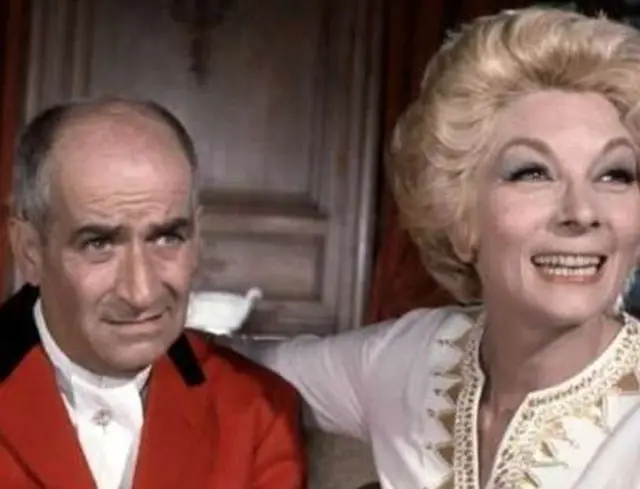Louis De Funes Vermögen: Louis de Funès was a French actor and playwright. He became one of the most well-known actors in his own country as a result of his roles in more than 130 films. In addition, he is revered in many other European countries for the skillful use of humour in his performances.

Originally, he trained as a pianist before switching to acting. As a result, he became famous for his grimacing art form while honing the fine art of the comical collapse. From 1945 until his death in 1983 from heart failure, he was an active resident of a castle outside Nantes, where he last resided.
Because his Spanish parents’ families were opposed to his heirat, they moved from Sevilla to Courbevoie, a suburb of Paris, in 1904. Louis was born in 1914 to this family. When he was a child, Louis de Fués was enamoured with drawing and playing the piano.
After graduating from college, he went on to pursue a career as a jazz pianist, mostly in Paris’ famed Pigalle district. He’s already made it clear to the audience that he can easily and often bring the audience to laughter with his grimaces. After that, he enrolled in a year of acting classes, which provided him with a number of valuable contacts he could use moving forward.
He continued to perform as a pianist throughout the German occupation of Paris. Too much self-doubt kept him from pursuing the now-actually-expecting career as an actor. In addition to his small stature of 1.64 metres and the fact that he began to lose his hair at a young age, these factors contributed to his lack of success.

Despite this, he decided to focus on acting beginning in 1945, in part because of the support of his wife. In the beginning, he had to deal with a slew of little roles that had little impact. It wasn’t long before his debut that he was already 31 years old. In his first role, he was only onscreen for around 40 seconds.
Nevertheless, Louis de Funès persisted. It took him 80 smaller roles until he finally got his first starring role in a film. His family (he and his wife had two children) had previously kept busy with synchronisation work and acting roles at a theatre on the water.
Finally, he made it to the top as a highly regarded actor in France and across Europe. He was dubbed “the man with 40 grimassen per minute” because of his extensive collection of grimaces. As Metzger Jambier in “La Traversée de Paris” in 1956 he had a small but well recognised success. In the year 1963, he finally makes his mark as a leading man in French cinema.
“Pouic-Pouic” was the name of Jean Girault’s film, which made Louis de Funés a renowned comic actor. “Der Gendarme von St. Tropez,” which premiered in 1964, provided him with the ultimate ruckus. This may have been Louis de Funés’s first big hit, if he had ever had one. Other notable works by the comedian include “Louis, the Geizkragen,” “Brust or Keule,” and “Louis and his out-of-this-world Kohlköpfe.

“. Even though every film that came after it was a hit had him in it. In the middle of the 1960s, his works were also well acclaimed outside of France. Throughout his life, he remained a popular figure in Germany and beyond. In some cases, this was due to a far-from-original synchronisation of his movies. “
The Abyss of Rabbi Jacob,” a 1973 film that brought over 7 million people to the theatre in France alone, is considered his most challenging work. Seine erfolgreichste Rolle blieb aber Zeit seines Lebens jene als Gendarm in St.
Tropez. In the 1960s, there were already several episodes of this series, but he brought this character back to life at the end of the 1970s with great success. Laughter is to the soul what Sauerstoff is to the lungs.””How many men have already become fathers without their wives even realising it,” says the narrator.“
Verdunkelung ist ein wunderbares Mittel gegen Geschwätzigkeit. “It works with Papageien, therefore you should use it with people as well.” Because of his fame in France, de Funès had a bodyguard who protected him during public appearances from all-too-approachable admirers.